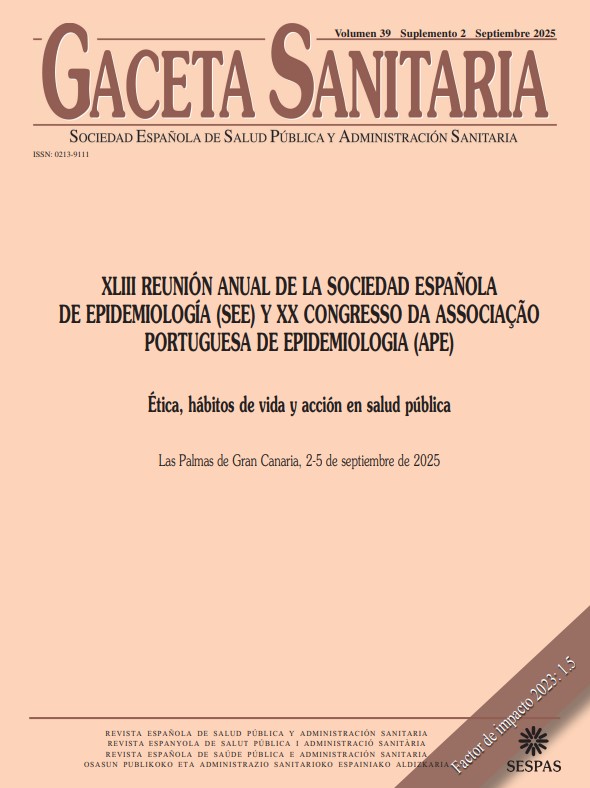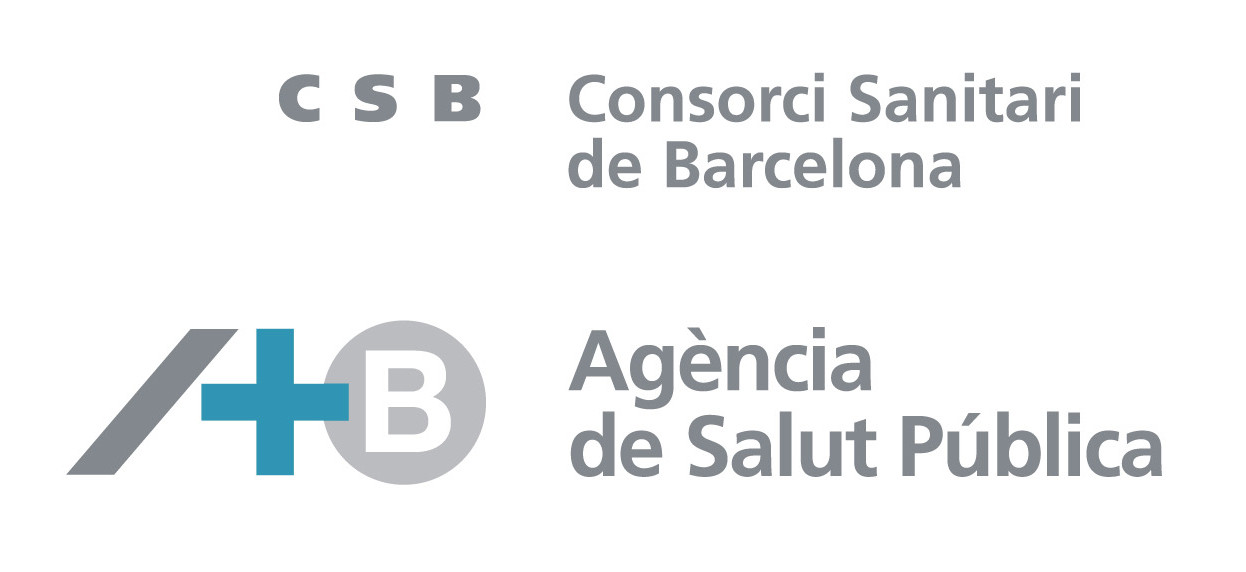78 - KNOWLEDGE ABOUT ANTIBIOTICS AMONG HIGH-SCHOOL STUDENTS
Instituto Universitario de Investigaciones Biomédicas y Sanitarias, Universidad de Las Palmas de Gran Canaria; Departamento de Didácticas Específicas, Universidad de Las Palmas de Gran Canaria; Departamento de Bioquímica, Biología Molecular, Fisiología y Genética, Universidad de Las Palmas de Gran Canaria; Departamento de Patología Animal, Producción Animal, Ciencia y Tecnología de Alimentos, Universidad de Las Palmas de Gran Canaria.
Background/Objectives: Antimicrobial resistance is a global public health problem. It is necessary to educate the population on their appropriate use. Knowledge on the gaps that lead to antibiotics misuse allow to design educational materials. Our aim was to assess the knowledge of high-school students on antibiotics.
Methods: A questionnaire including questions on students’ knowledge regarding antibiotics was created after analysis of syllabuses and review of other questionnaires from health agencies Demographic and academic information was collected. Questions covered different topics such as knowledge about mechanisms of action and appropriate use of antibiotics; about the development of resistance, and others such as drugs waste disposal or environmental effects of antibiotics use. Two high schools participated, one from the capital city and the other from a rural area. The questionnaire was distributed by Google forms. All students gave their informed consent for participation.
Results: A total of 421 students participated, 83.8% from capital city and 16.2% from the rural area. By gender, 57% were female, 39.4% were male and 3.1% preferred not to indicate their gender. The majority were 16 or 17 years old. All responses were included in analysis. The statistical package SPSS (version 27.00 for Windows) was used for data analysis. In all cases the level of significance was p < 0.05. Students were presented with a series of statements to decide whether they were true or not. More than half gave wrong answers to statements such as ‘antibiotics can kill viruses’, ‘they can cure flu or colds’ or ‘their use weakens the body's defenses’. Also, more than 50% answered that hand washing did not help to decrease antibiotic resistance and that the use of antibiotics in animals was not implied in antibiotic resistance. No differences were found in the comparison between institutes or between genders.
Conclusions/Recommendations: Despite the significant consequences of antimicrobial misuse and the global spread of antimicrobial resistance, effective dissemination of information on the appropriate use of antibiotics remains a challenge. We identified knowledge gaps and misperceptions. This will allow us to implement appropriate activities to be introduced in high school curricula that will improve knowledge on this topic.















